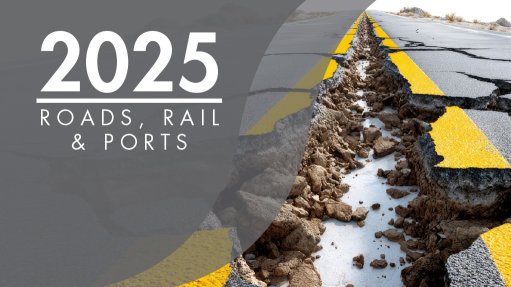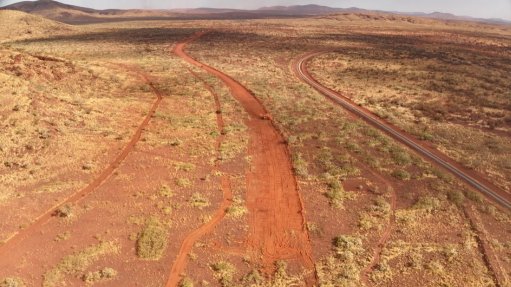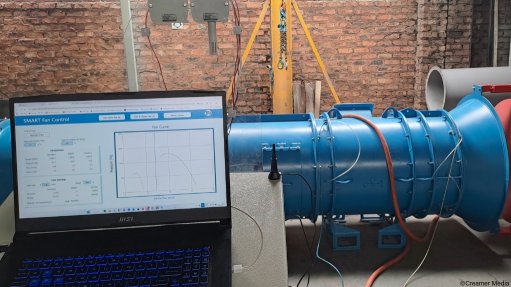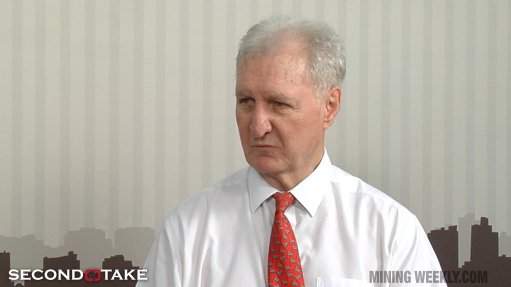GISTM shaping mine closure strategies

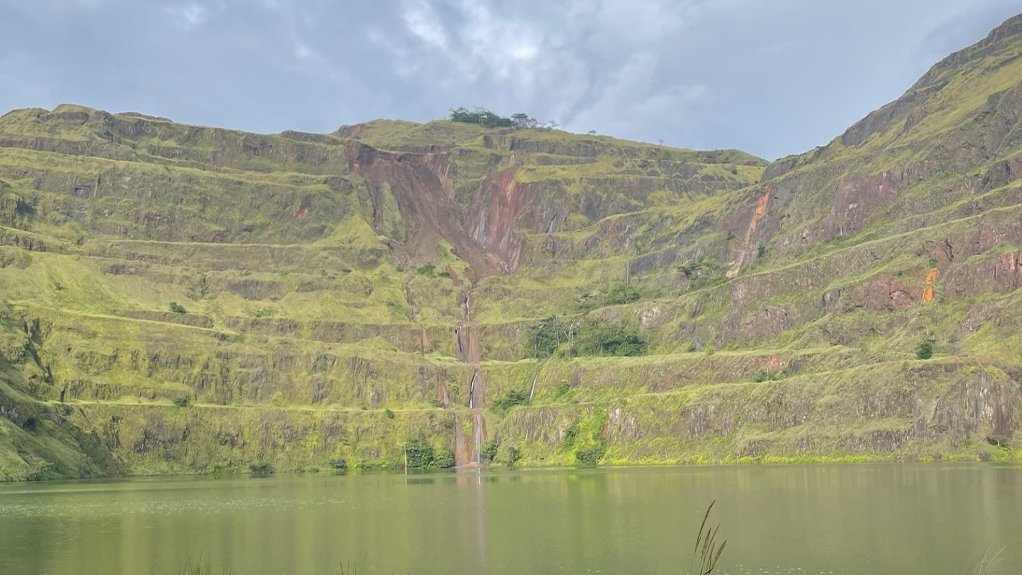


POST CLOSURE LEGACY A rehabilitated openpit mine. Understanding the evolving socioeconomic landscapes of near-mine communities when planning for land use after mine closure is crucial
ROANNE SUTCLIFFE Mining companies are incorporating long-term land use planning and rehabilitation into their closure strategies
IVAN DOKU Small-scale mining presents a significant risk after mine closure
The adoption of the Global Industry Standard on Tailings Management (GISTM) is significantly shaping mine closure strategies in West Africa, says mining consultancy SRK Consulting environmental engineering principal Roanne Sutcliffe.
While the GISTM has prompted mining companies to consider tailings storage facilities (TSFs) throughout their life cycles, the focus in the region has, historically, been on broader mine-wide closure, she explains.
The standard, which makes closure and post-closure management a priority from the outset, emphasises specific planning for TSFs, which can be considered as high-risk facilities.
“As the region increasingly adopts the GISTM, mining companies are incorporating long-term land use planning and rehabilitation into their closure strategies. This shift brings financial and technical implications, requiring investments in stable and secure TSFs that can endure long after the mine ceases operations,” says Sutcliffe.
While the adoption of the GISTM is still catching up in West Africa compared to regions such as South Africa, the standard is nonetheless pushing for more proactive and sustainable closure strategies, says SRK Consulting Ghana partner and country manager Ivan Doku.
However, challenges remain as many older mines in West Africa were often developed without detailed closure plans and, as such, aligning GISTM requirements with local regulatory frameworks is an ongoing process.
Some companies are exploring reprocessing old TSFs to turn a profit to help reduce closure costs; however, such decisions require careful economic and environmental assessments, he adds.
Regional Challenges
Mining companies in the region face several challenges when planning for mine closure, with Sutcliffe pointing to socioeconomic impacts as a critical concern in light of mining communities often depending heavily on mines for employment opportunities and economic upliftment.
Failure to establish alternative livelihoods for such vulnerable communities can lead to social and economic collapse after mine closure, she adds.
Sutcliffe emphasises that early engagement with stakeholders including regulators, local communities and nongovernmental organisations, is essential to build resilience and allow for a smoother transition to the post-mining phase.
Climate change also poses significant challenges, particularly in terms of water management, with West Africa recording high rainfall during its rainy season and changing climate patterns disrupting rainfall distribution.
Sutcliffe says that mines must design TSFs with greater stormwater-handling capacities to prevent erosion and overtopping, which she notes, is one of the necessities for ensuring long-term stability after the closure of such a facility.
Meanwhile, Doku highlights that small-scale mining, particularly artisanal and/or illegal mining around TSFs, presents a significant risk after mine closure, especially in West Africa.
In countries such as Ghana and Guinea, where relatively higher-grade ore deposits at shallower depth are accessible, TSFs are not often the target of illegal mining. However, as these deposits will eventually be depleted, the risk of illegal mining at the closure of these facilities may start to increase in the future.
He notes that, after mine closure, securing TSFs becomes more challenging, and illegal mining can create safety and environmental risks.
Sutcliffe also emphasises that such mining activities, even when not focused on TSFs, still present safety risks; security measures should, therefore, be combined with social solutions such as providing alternative livelihoods for those dependent on these mining activities.
“To mitigate these issues, companies must invest in robust security measures and engage with communities to provide economic alternatives that reduce the incentive for such activities,” Doku says.
In addition to these efforts, reprocessing old TSFs may present an opportunity for miners and minerals companies in West Africa, particularly given the economic potential in old tailings and potential economies of scale.
Doku points out that many older TSFs were developed when recovery technologies were less advanced and, with rising gold prices, reprocessing such TSFs has become more economically viable and hence attractive.
However, he notes that this process brings new challenges, including determining where to redeposit the reprocessed material which, Sutcliffe emphasises, must be undertaken with careful planning.
She notes that managing social, economic and environmental risks is crucial, especially when new TSFs are required near populated or environmentally sensitive areas.
In West Africa, where mines have often contributed to the growth of large communities, the demand for agricultural or economically viable land after mine closure has increased.
Consequently, understanding the evolving socioeconomic landscapes of near-mine communities when planning for land use after mine closure is crucial, Sutcliffe advises.
In this regard, ongoing engagement with local communities helps mines better understand their needs and develop land-repurposing strategies that support long-term socioeconomic development.
Overall, Sutcliffe points out that while mine closure planning in West Africa is still maturing, lessons from other regions can help improve strategies.
“Effective communication with stakeholders and internal teams, as well as integrating closure considerations throughout a mine’s life cycle, are key factors for success. The GISTM encourages a holistic approach to TSF closure, involving all teams and considering the integration of these facilities within the full scope of the mining operation’s footprint,” she concludes.
Article Enquiry
Email Article
Save Article
Feedback
To advertise email advertising@creamermedia.co.za or click here
Press Office
Announcements
What's On
Subscribe to improve your user experience...
Option 1 (equivalent of R125 a month):
Receive a weekly copy of Creamer Media's Engineering News & Mining Weekly magazine
(print copy for those in South Africa and e-magazine for those outside of South Africa)
Receive daily email newsletters
Access to full search results
Access archive of magazine back copies
Access to Projects in Progress
Access to ONE Research Report of your choice in PDF format
Option 2 (equivalent of R375 a month):
All benefits from Option 1
PLUS
Access to Creamer Media's Research Channel Africa for ALL Research Reports, in PDF format, on various industrial and mining sectors
including Electricity; Water; Energy Transition; Hydrogen; Roads, Rail and Ports; Coal; Gold; Platinum; Battery Metals; etc.
Already a subscriber?
Forgotten your password?
Receive weekly copy of Creamer Media's Engineering News & Mining Weekly magazine (print copy for those in South Africa and e-magazine for those outside of South Africa)
➕
Recieve daily email newsletters
➕
Access to full search results
➕
Access archive of magazine back copies
➕
Access to Projects in Progress
➕
Access to ONE Research Report of your choice in PDF format
RESEARCH CHANNEL AFRICA
R4500 (equivalent of R375 a month)
SUBSCRIBEAll benefits from Option 1
➕
Access to Creamer Media's Research Channel Africa for ALL Research Reports on various industrial and mining sectors, in PDF format, including on:
Electricity
➕
Water
➕
Energy Transition
➕
Hydrogen
➕
Roads, Rail and Ports
➕
Coal
➕
Gold
➕
Platinum
➕
Battery Metals
➕
etc.
Receive all benefits from Option 1 or Option 2 delivered to numerous people at your company
➕
Multiple User names and Passwords for simultaneous log-ins
➕
Intranet integration access to all in your organisation







